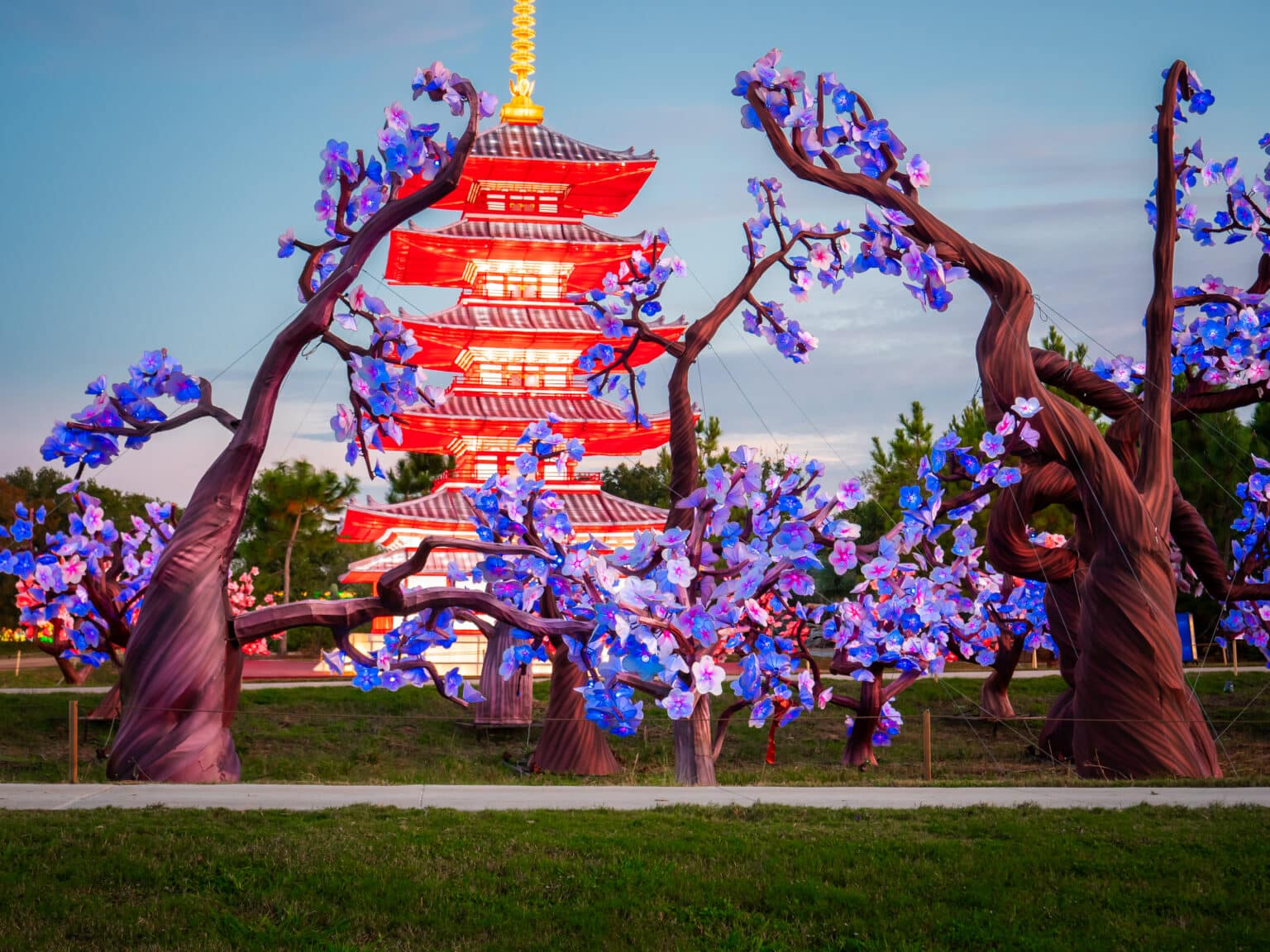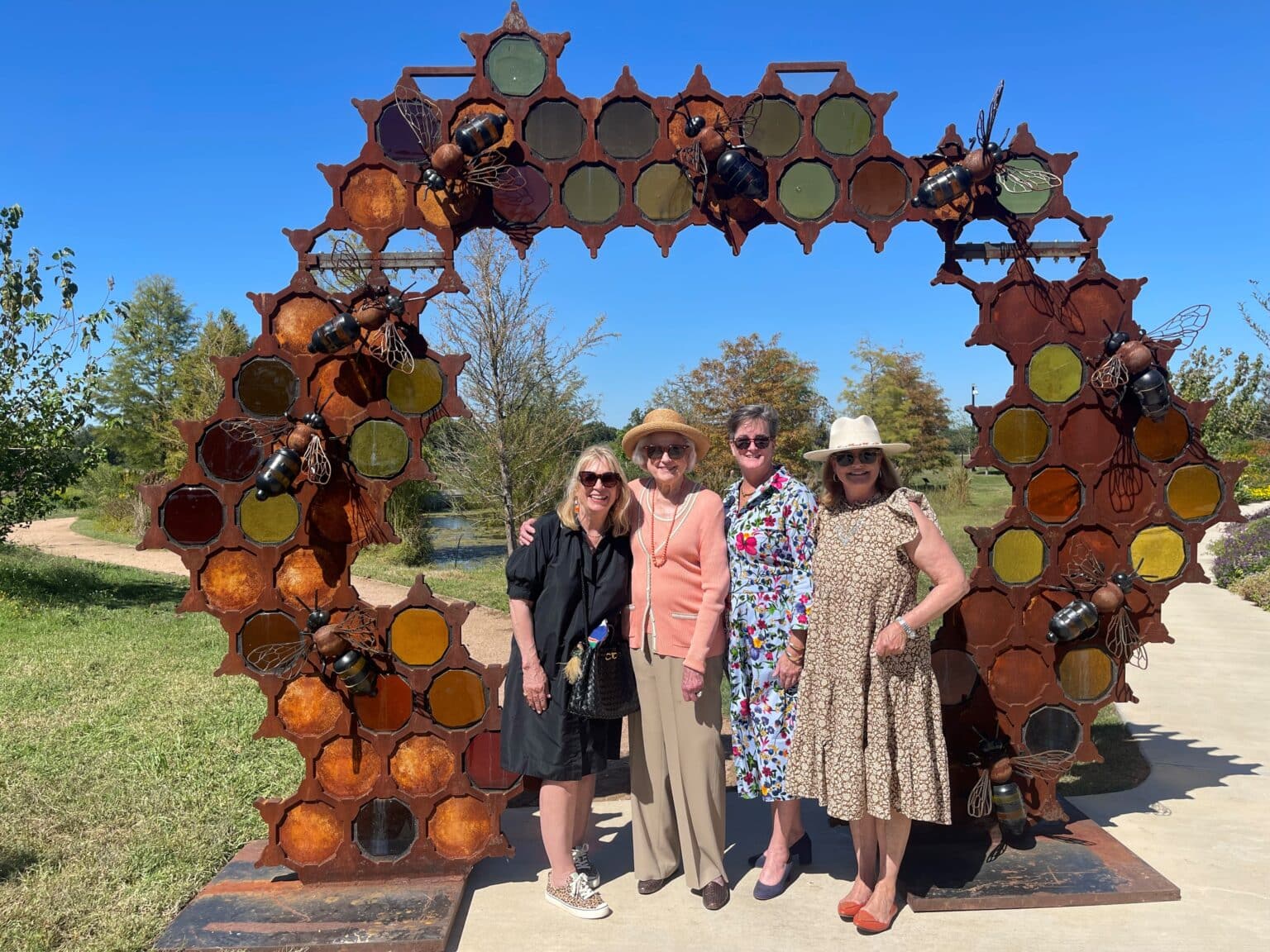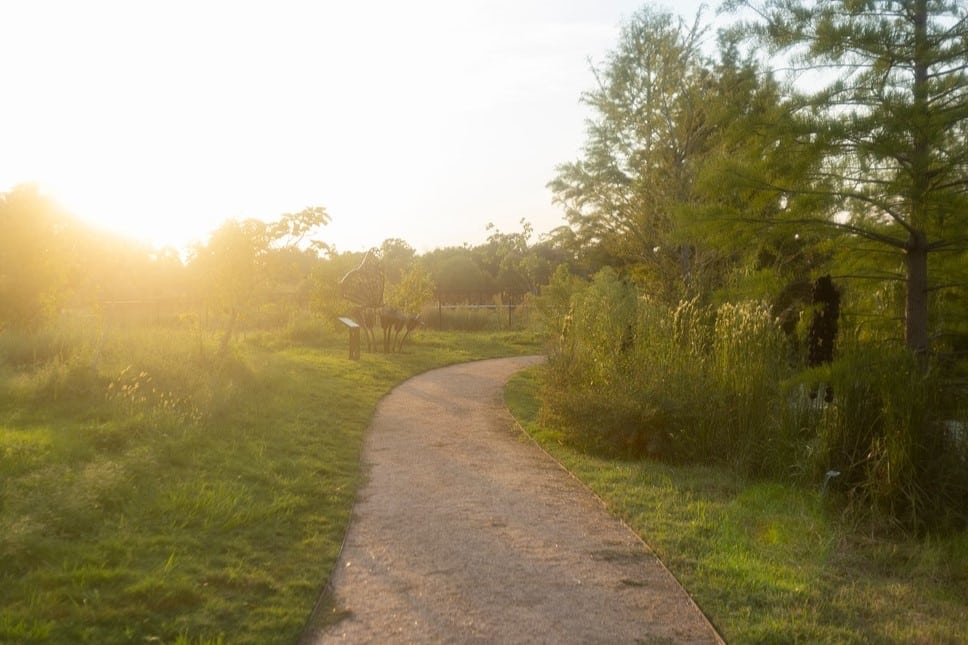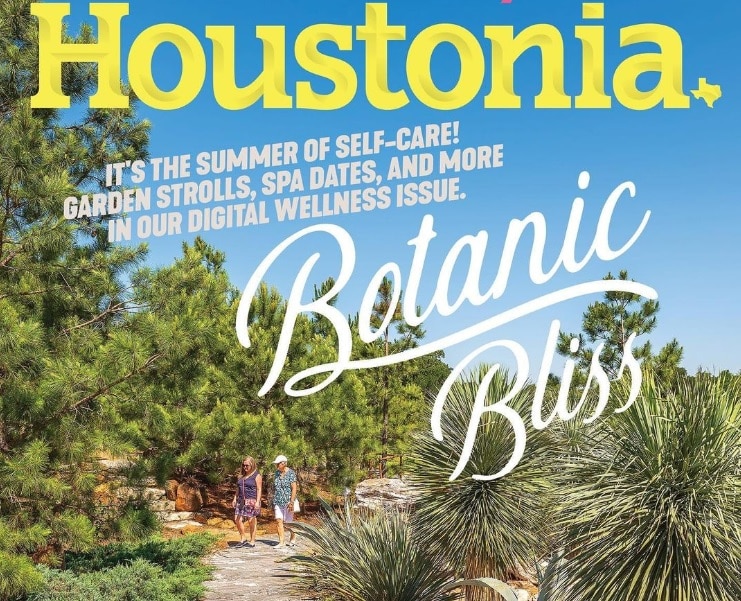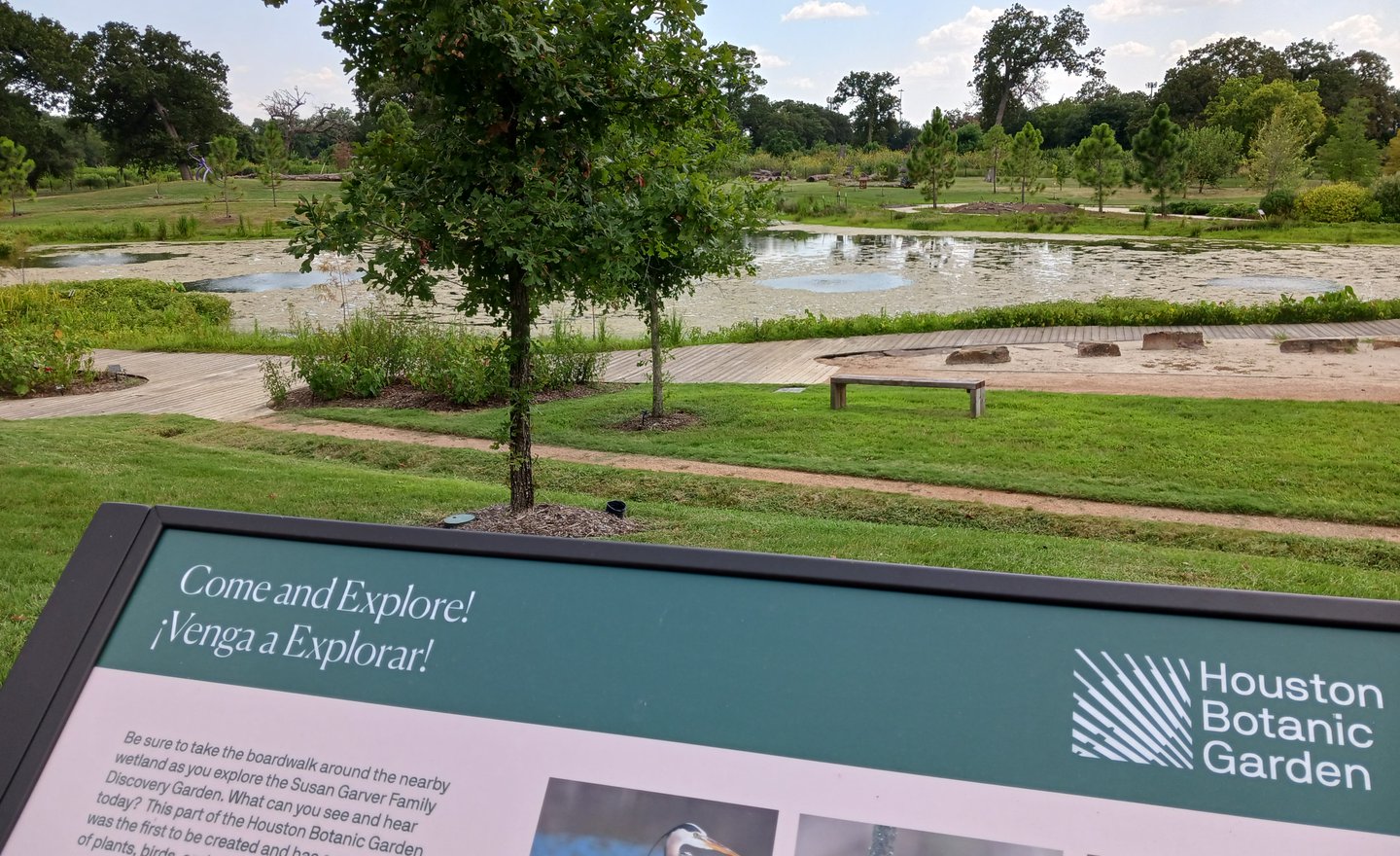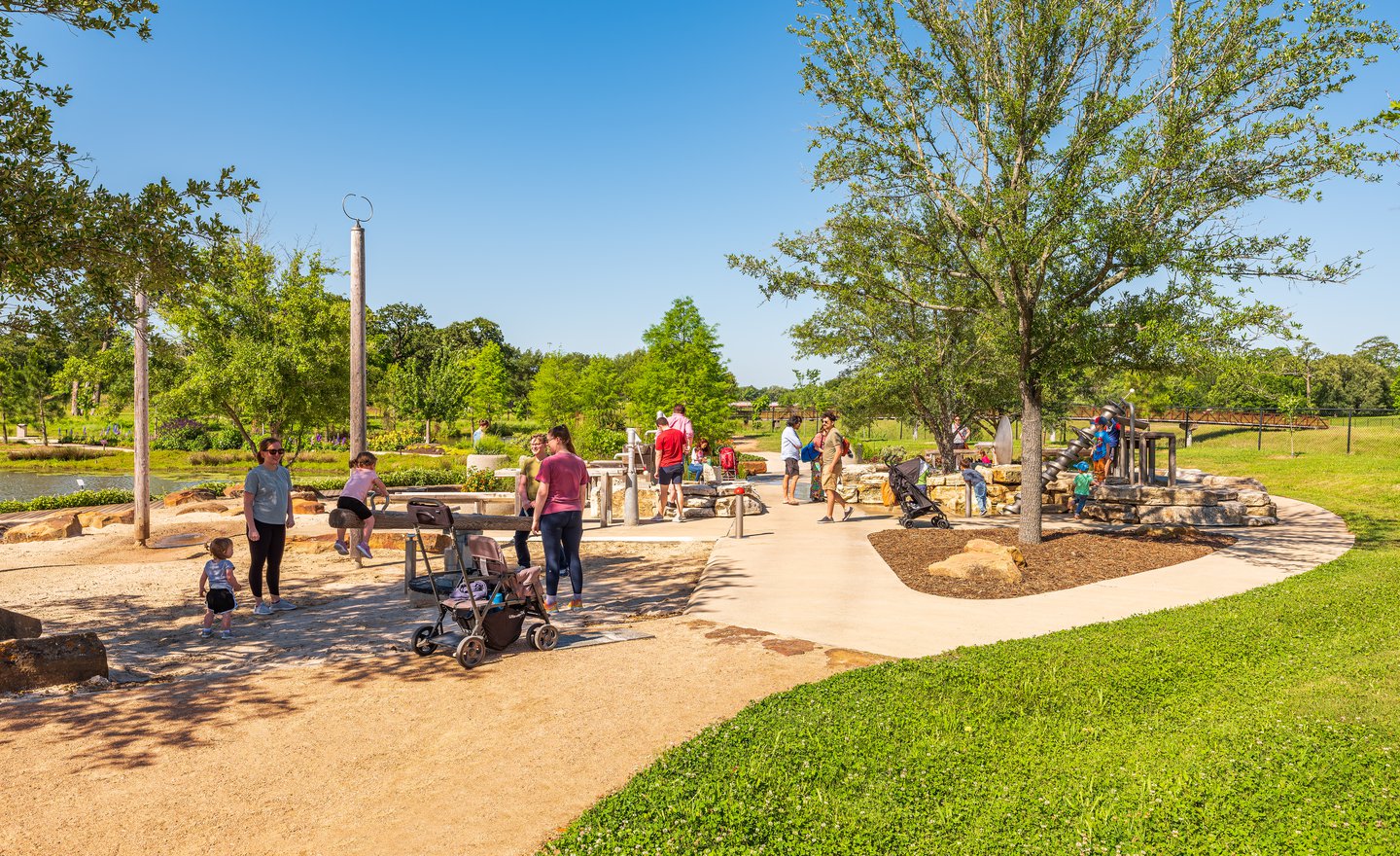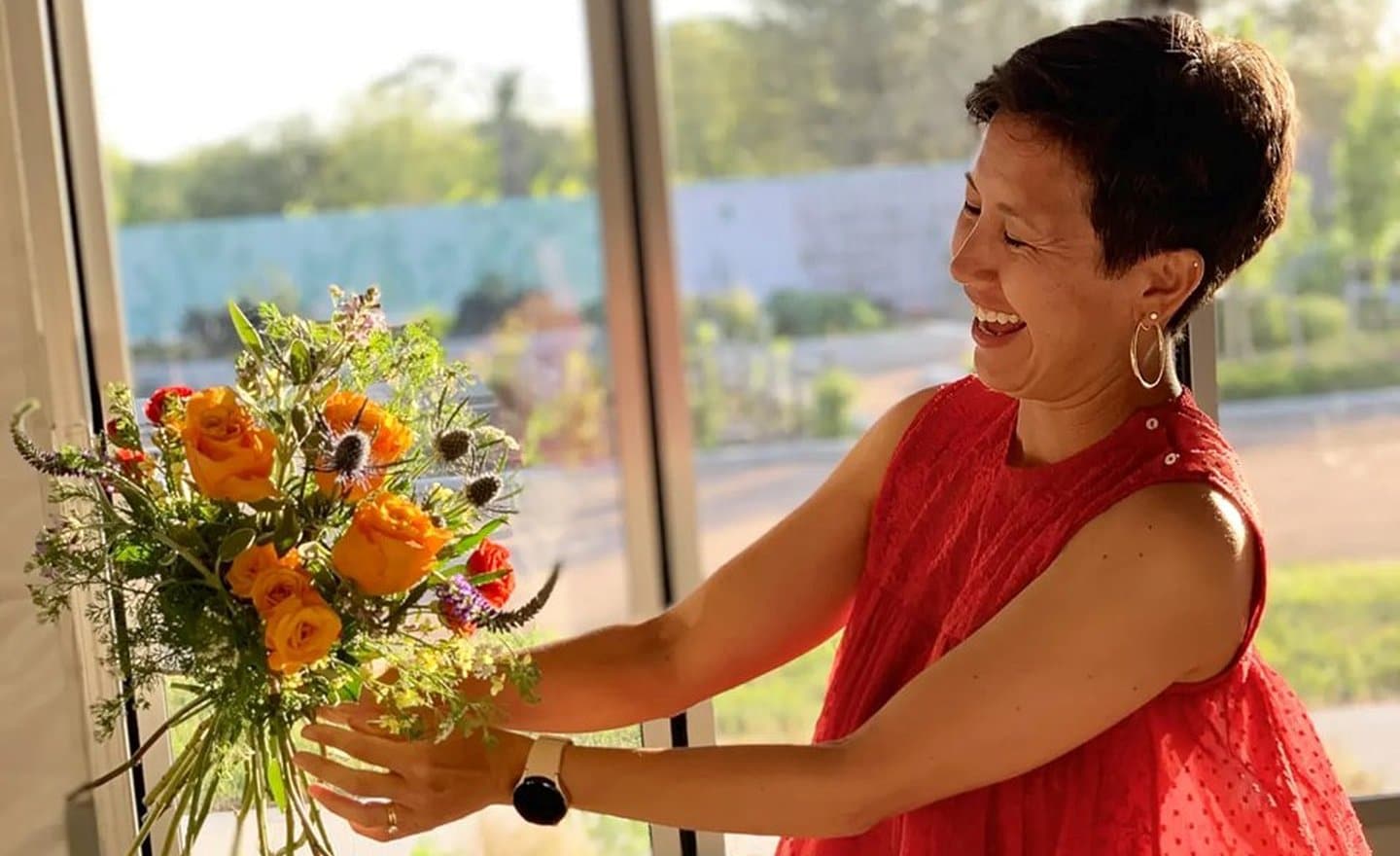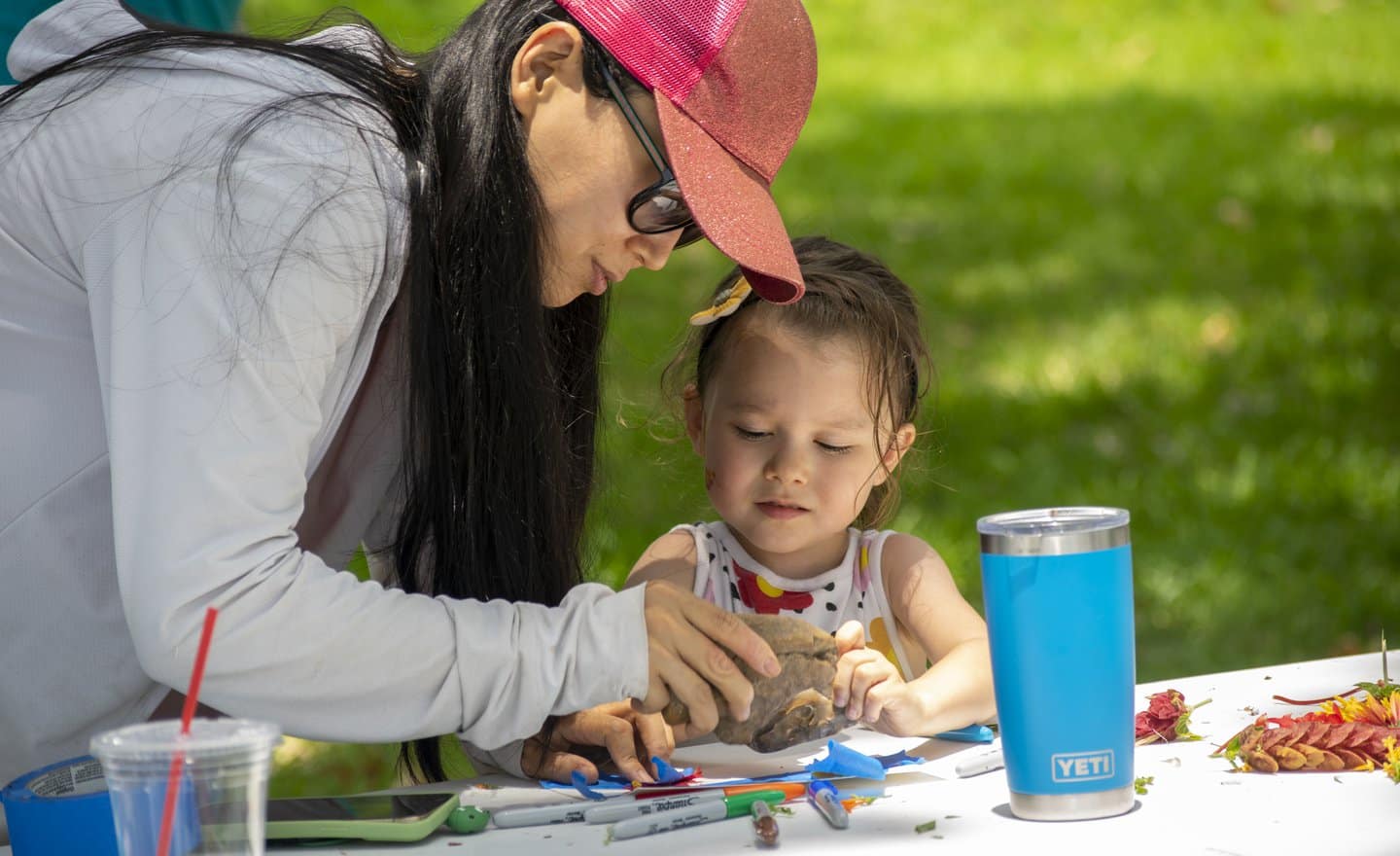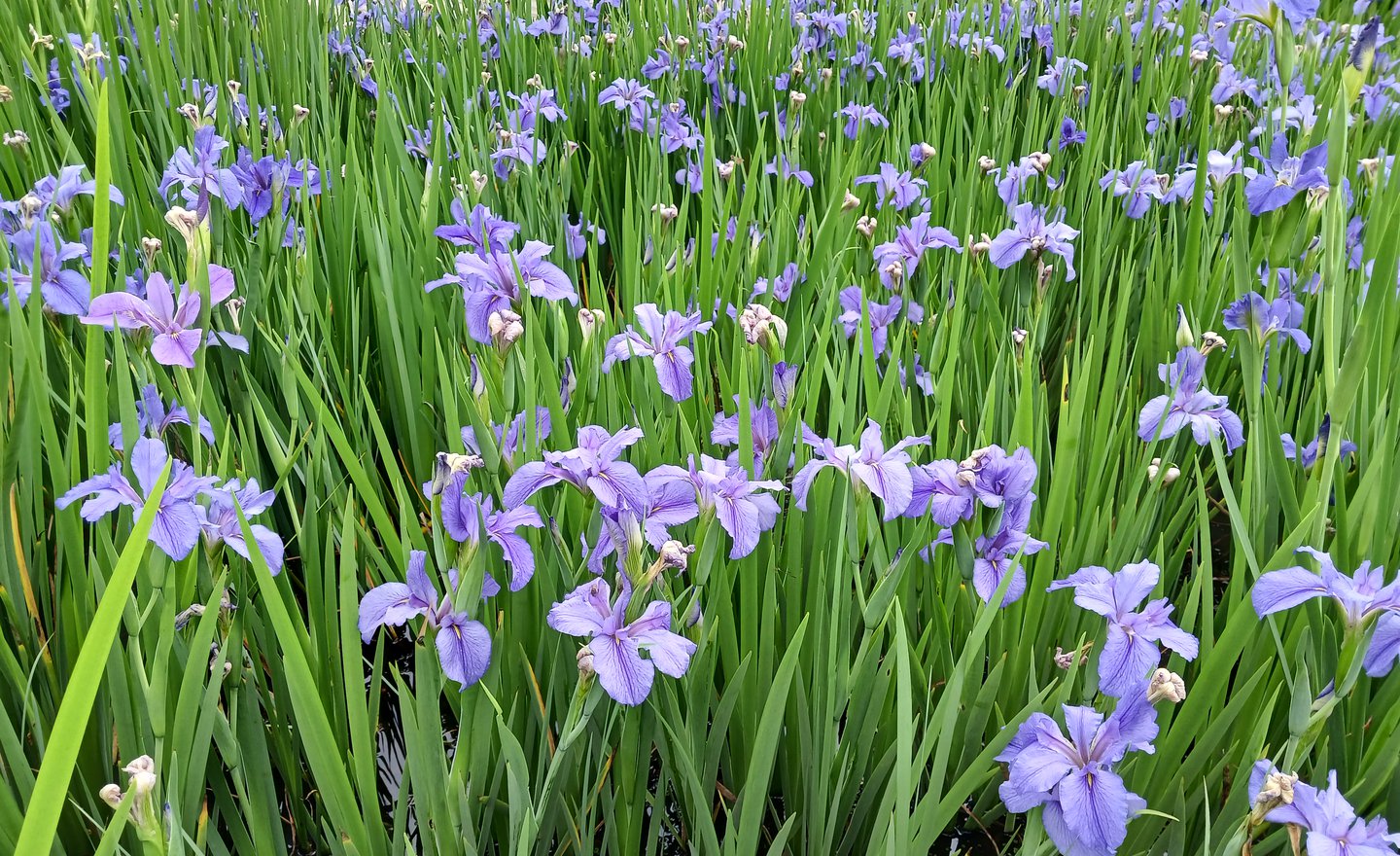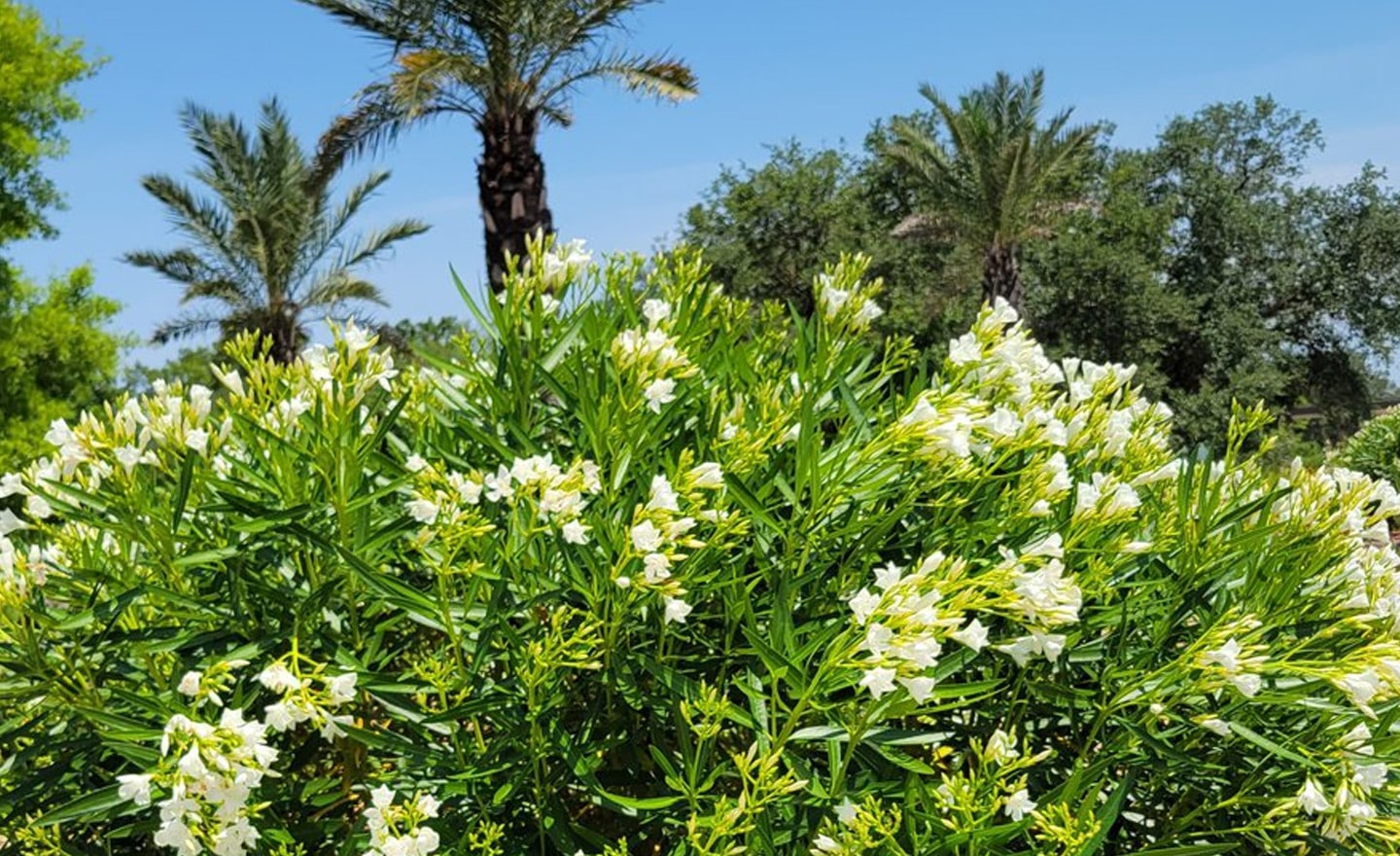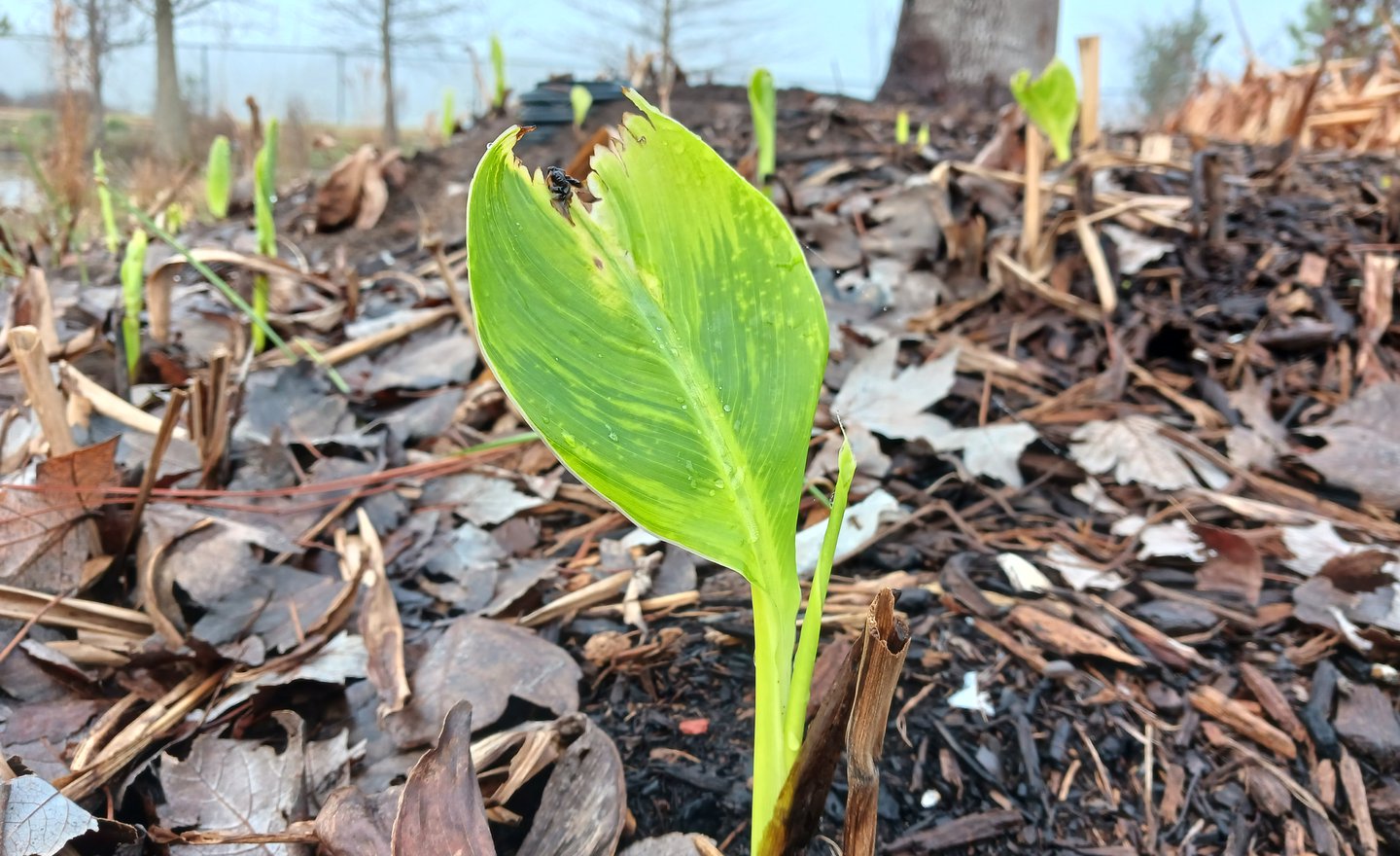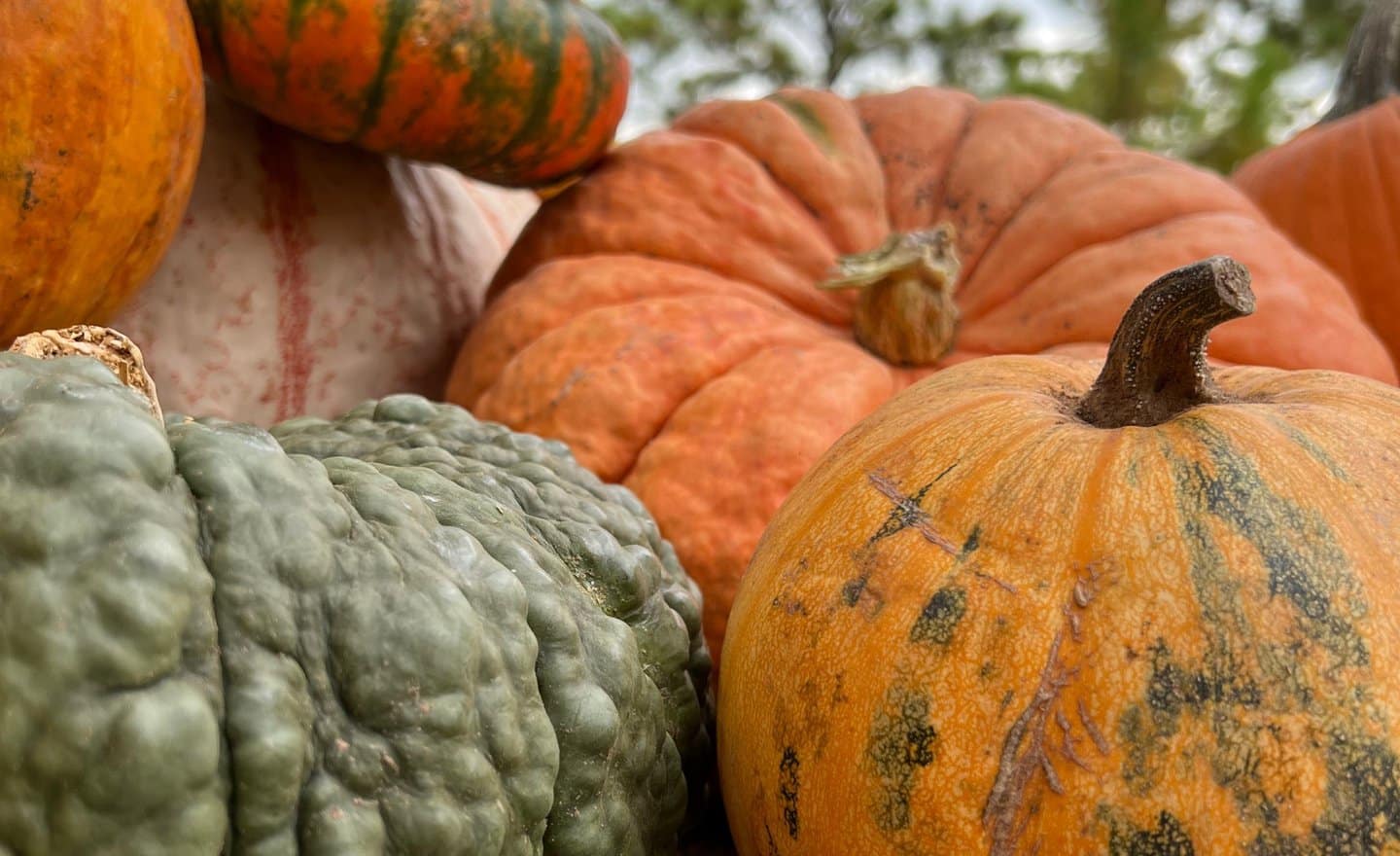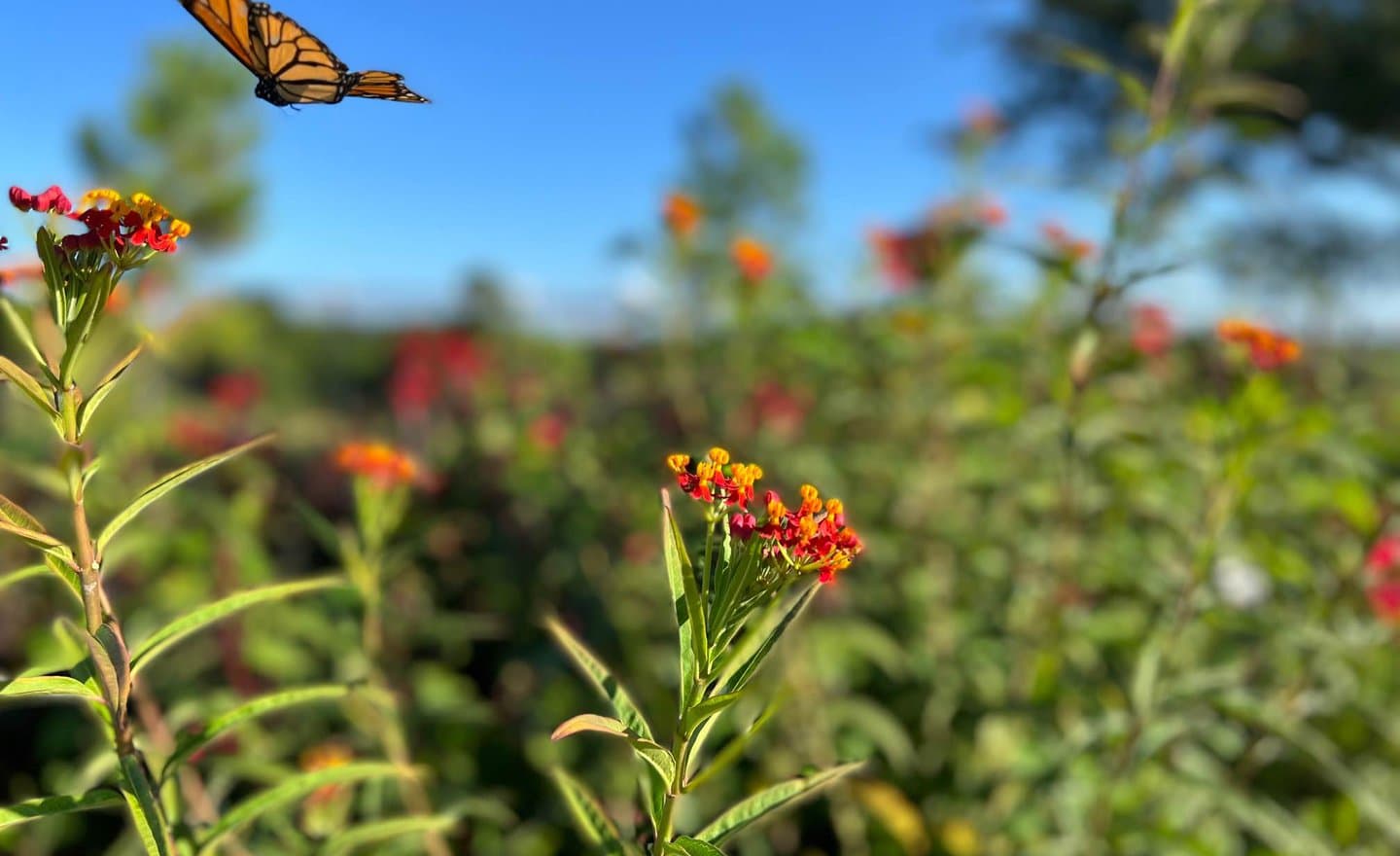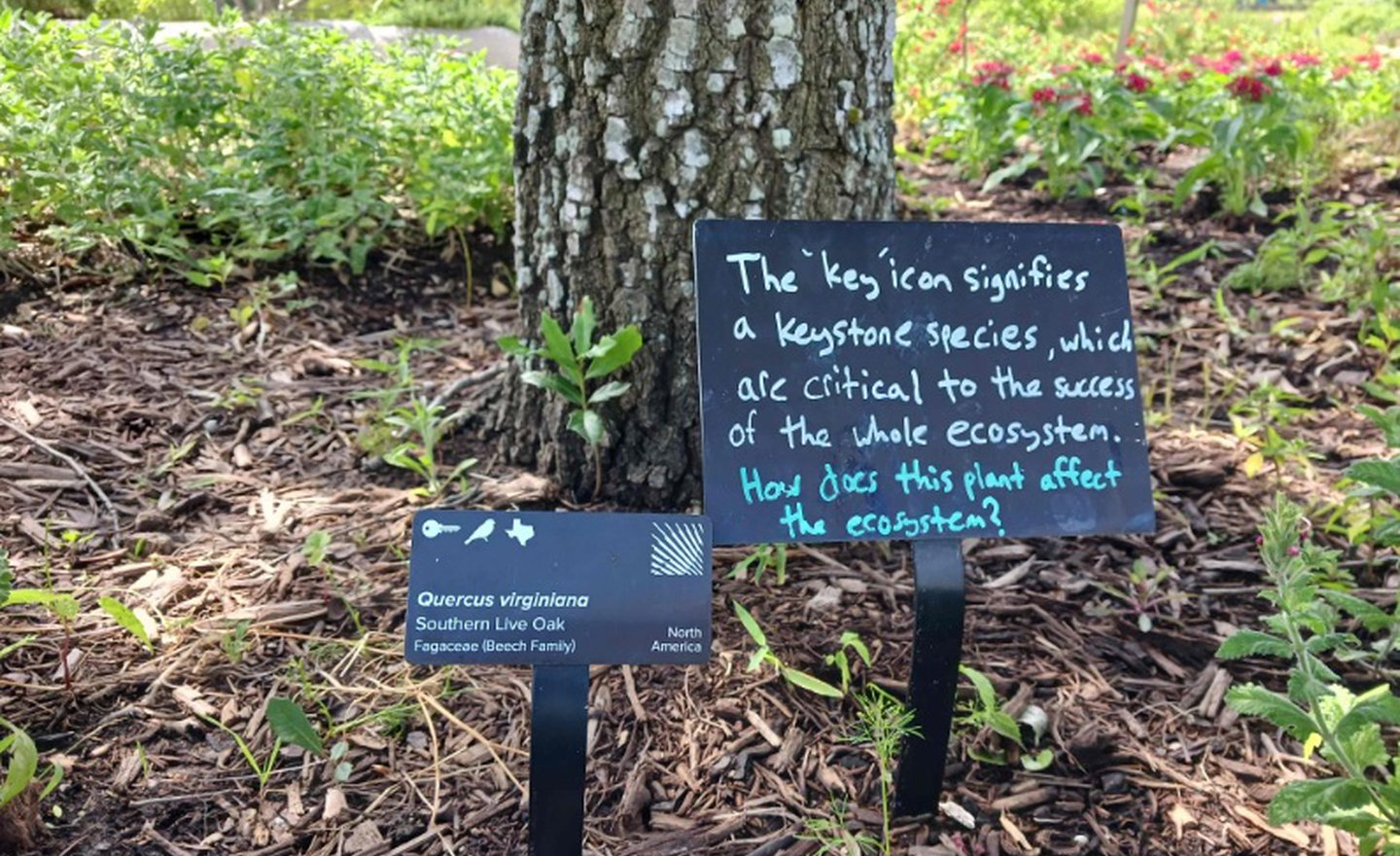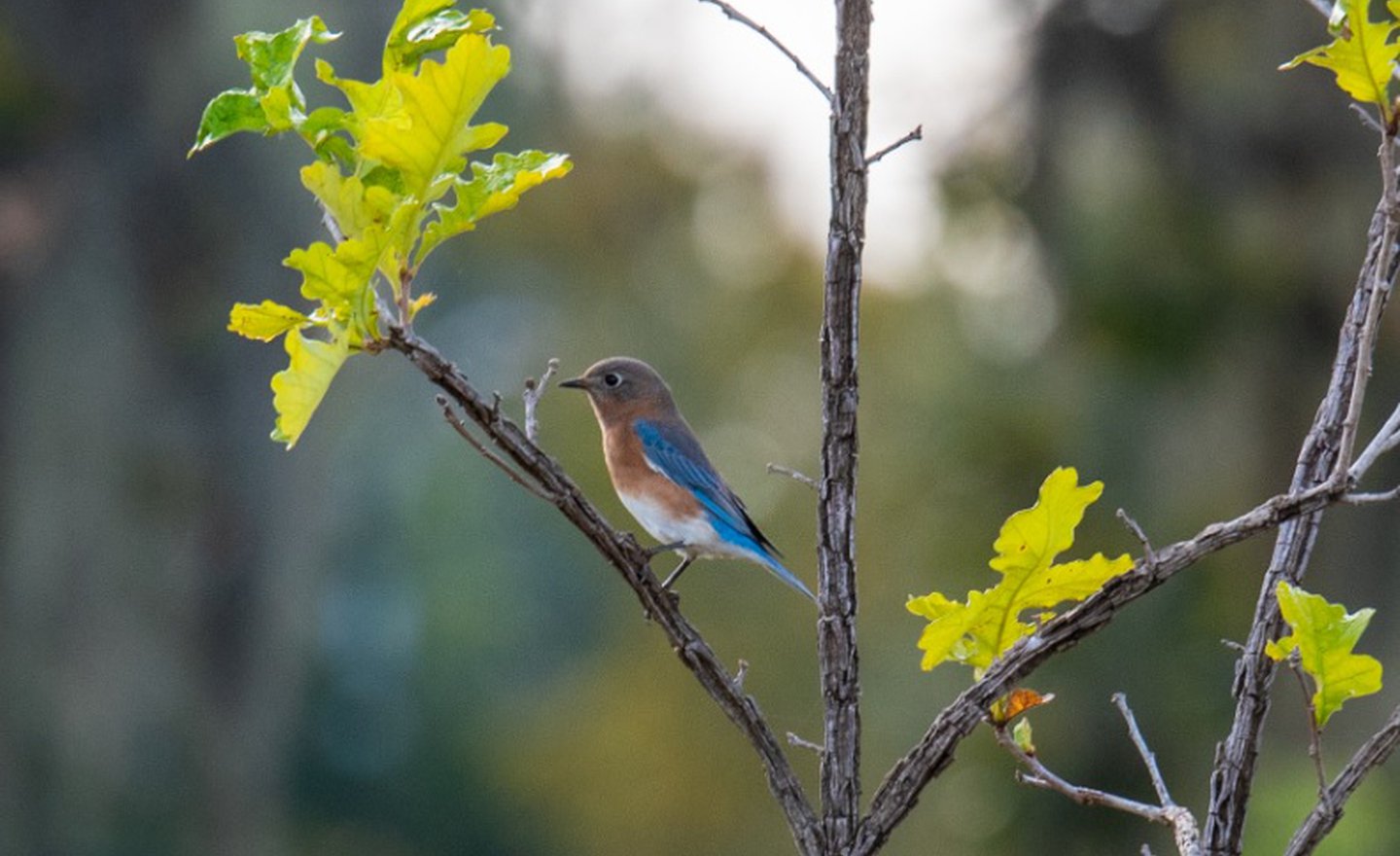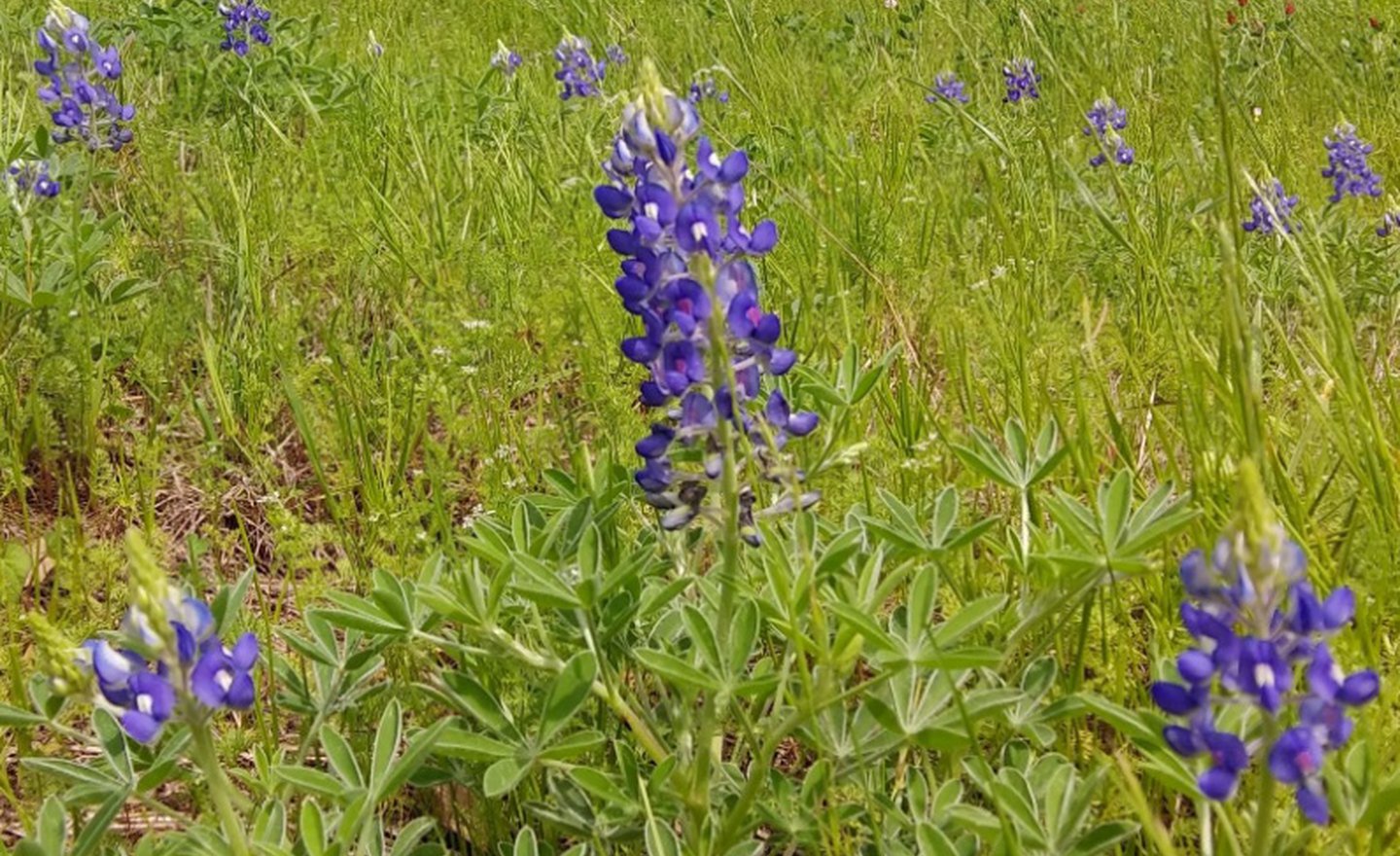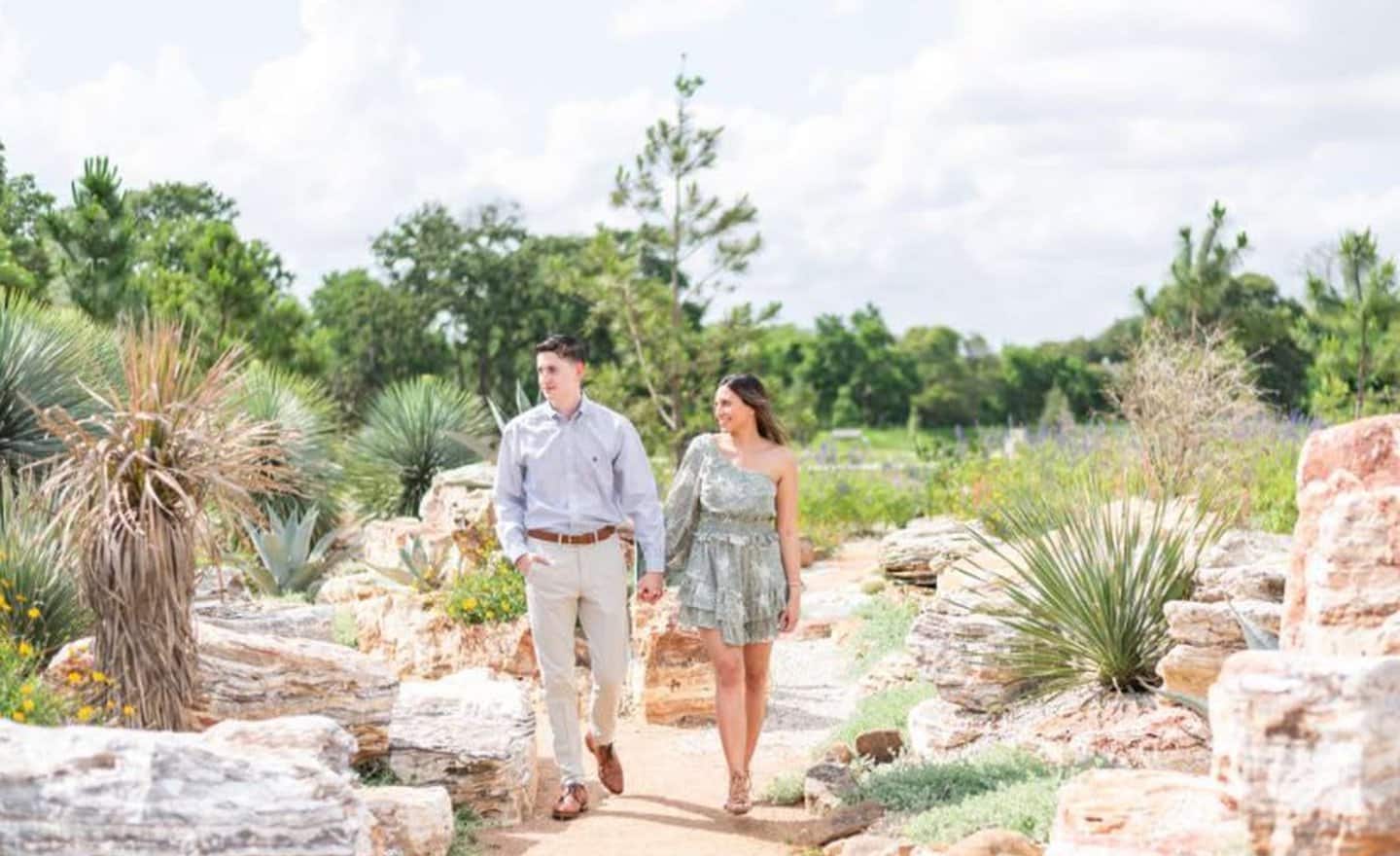The Garden’s Future is Bright
When I started in an interim leadership role with the Houston Botanic Garden in 2016, someone asked me if I was an environmentalist. I hadn’t really thought of myself that way before. I was a nonprofit generalist specializing in helping passionate, mission-driven individuals and organizations maximize their impact.
I am honored to have been a part of creating a major cultural institution for our city. One that will participate in making a difference in perhaps the most important issue facing humanity. I have worked alongside a diverse group of individuals – board members, landscape designers, generous philanthropists, and talented team members – who each played a special role in this monumental accomplishment.
Together, we have launched the Houston Botanic Garden for Houston, and for the world. It is a beautiful place. It is passionate people. It is collections and programs that are having a real impact. It is still young, and it has a very bright future.
The Cambridge English Dictionary defines an environmentalist as a person who has an especially strong interest in or knowledge of the natural environment, and who wants to preserve it and prevent damage to it. Am I an environmentalist? After nearly seven years of stewarding the development of the Houston Botanic Barden, I would now say, yes!
My interest in, and certainly my knowledge of, the natural environment has grown tremendously. In addition, as I’ve learned more and more about the rapid decline of biodiversity, and the critical importance of botanic gardens to both conserve plant genetics and also to inspire the public to participate in healing our world, I wear the label more and more proudly.
I have fallen head over heels in love. In love with the sheer magnificence of our planet and the beauty of nature that surrounds us. You know when you first fall in love, you notice everything. All the little details, each and every action. I’m still in that stage. I love the vibrant colors of the sunrise; the delicate petals of flowers; the gnarliness of trees; giant, puffy clouds; the melodious chorus of birdsong first thing in the morning; the magic of butterflies flitting around—they all serve as reminders of the incredible diversity and interconnectedness of life on Earth. Our planet is a masterpiece, an intricate web of ecosystems that provides sustenance for all of us who are a part of nature.
I believe that we hold the power to heal the broken parts of nature and our planet, to restore balance, and to protect fragile ecosystems. It begins with love—for our planet, for nature, and for future generations. It is this love that will ignite a passion within us to make a difference, to take action, and to inspire others. I know the power of this love, because it is my lived experience. This has been my journey at the Garden. My heart explodes with gratitude for how I have been changed. For how I have become one who cares deeply for nature—the provider of delicious herbs and tart pomegranate, sweet smelling gardenia, and awe-inspiring oaks.
While my chapter with the Houston Botanic Garden is coming to a close, I know that there are many more chapters and volumes of this romance to come. Thank you, each of you, for all you have done, and all you will continue to do, to inspire people to fall madly, deeply in love with this place, and with our collective home.
Claudia Gee Vassar, President & General Counsel
*Claudia Gee Vassar’s family is moving abroad this summer, so her last day as the Houston Botanic Garden’s president & general counsel was June 29. The Garden’s board of directors is conducting a national search for her replacement.
———-
Read the June 2023 e-newsletter for more, including an interview with Beth Garver Black and Gretchen Garver Hilyard, the daughters of Susan Garver, in whose memory the Family Discovery Garden is named, who will be recognized, along with their father, Mike Garver, at the Garden’s annual luncheon in October; and information on the Garden’s first on-site greenhouse, which is being constructed this summer.
